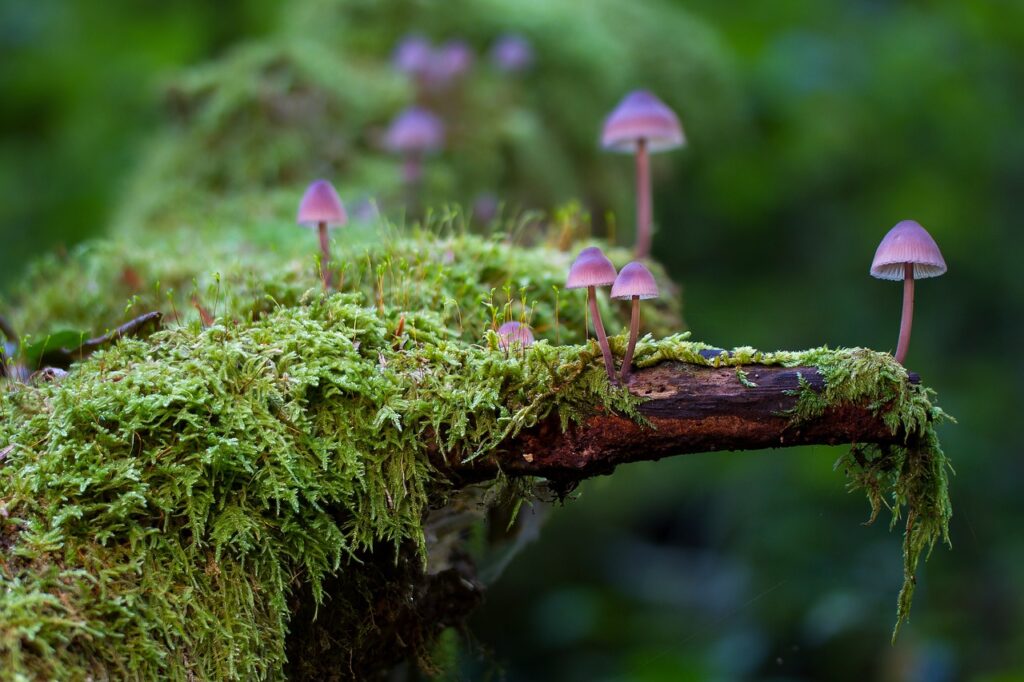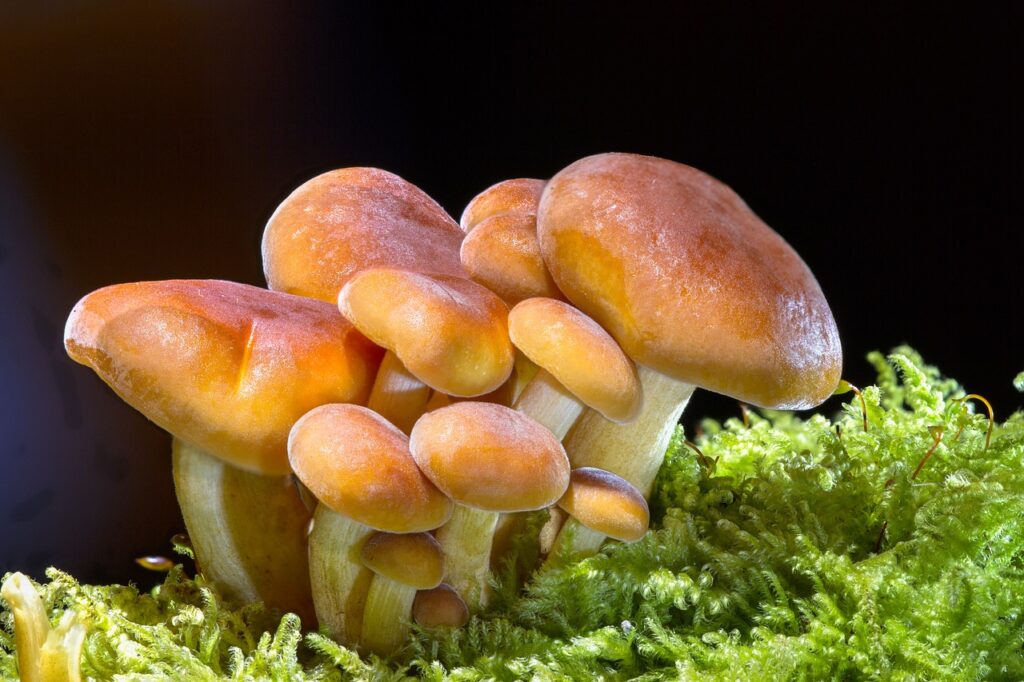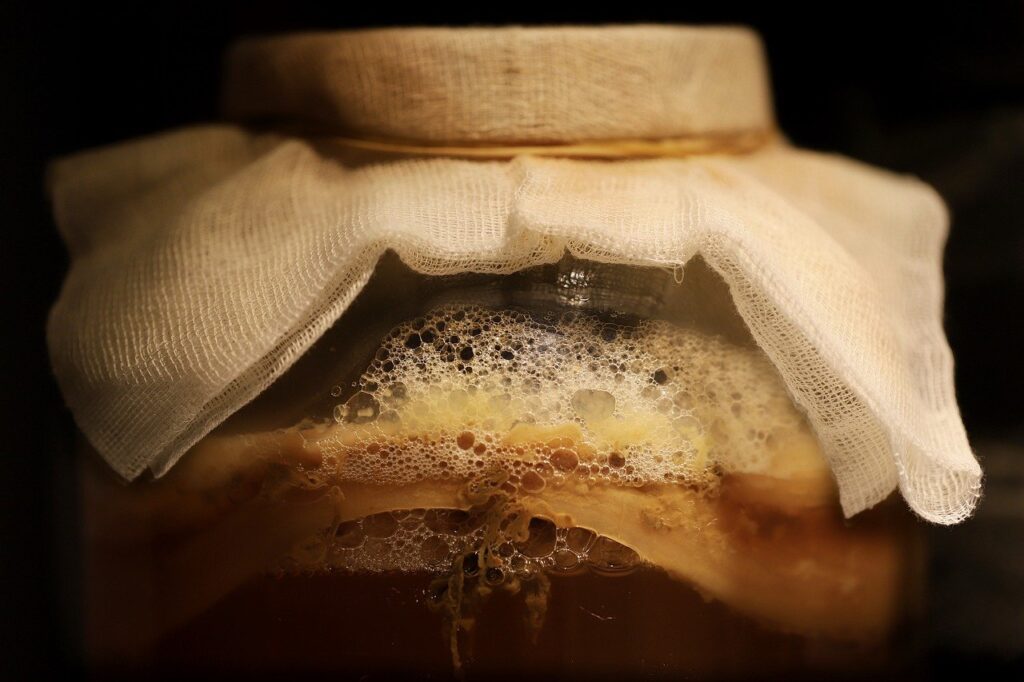In this article, you will discover the secrets of locating and identifying oyster mushrooms, those delectable delights that can be found in the wild. If you have ever wondered where to search for these culinary treasures or how to confidently differentiate them from other fungi, look no further! With a few key tips and tricks up your sleeve, you will soon be on your way to becoming an expert at spotting and naming these delectable mushrooms in no time. Get ready to embark on an exciting journey into the world of oyster mushroom foraging!
Locating Oyster Mushrooms
Understanding Habitats and Growing Conditions
To successfully locate oyster mushrooms, it is crucial to understand their preferred habitats and growing conditions. Oyster mushrooms are commonly found in woodlands, particularly those with damp and moist environments. They have a preference for deciduous trees such as oak, beech, and birch, but can also be found on coniferous tree species.
Exploring the Woodlands
When searching for oyster mushrooms, venturing into woodlands is the first step. Look for areas with a dense canopy that allows minimal light penetration, as oyster mushrooms often thrive in such conditions. Fallen leaves and decaying organic matter on the forest floor provide a suitable environment for their growth.
Searching Near Decaying Trees
Oyster mushrooms have a close relationship with decaying organic matter, particularly fallen trees or tree stumps. Search for recently fallen trees or old, decaying stumps as these offer an ideal substrate for oyster mushrooms to colonize. Be thorough in your search, as their color and texture can blend in well with their surroundings.
Looking for Oyster Mushrooms on Logs or Stumps
Oyster mushrooms can often be found growing on fallen logs or stumps. Look for clusters of oyster mushrooms on the surface of the wood. They have a unique appearance, with their cream to light brown caps and broad, fan-shaped fruiting bodies. Pay attention to the log’s moisture content, as oyster mushrooms thrive in damp conditions.
Identifying Oyster Mushrooms
Examining the Cap
The cap of an oyster mushroom is an essential characteristic to consider when identifying these fungi. Oyster mushroom caps are typically broad, ranging from 5 to 25 centimeters in diameter. They have a smooth texture and come in various shades of cream, gray, or brown. The cap’s shape can range from semi-circular to convex, with a distinctive wave-like margin.
Analyzing the Gills
Oyster mushrooms have closely spaced, forked gills on their undersides. These gills are usually white or pale in color but may turn slightly pinkish as the mushroom matures. The gills’ attachment to the stem is usually broad and decurrent, meaning they run down the stem or have a stub-like connection.
Observing the Stem
The stem of an oyster mushroom is typically short and stubby, varying in height from 2 to 10 centimeters. It often appears off-center, and its texture is smooth or slightly velvety. The stem can be white, pale, or beige and lacks a ring or veil.
Noting the Spore Color
To further identify oyster mushrooms, examine the spore color. This can be done by placing a mature mushroom on a piece of paper or glass overnight and observing the color left behind. Oyster mushrooms have white to pale lilac spore prints, which can help confirm their identification.
Checking for a Fragrant Odor
A distinguishing feature of oyster mushrooms is their pleasant, mild odor. They are known for their anise-like fragrance, which becomes more pronounced when the mushroom is cooked. If you detect a strong, unpleasant smell, it may indicate that the mushroom is not an oyster mushroom.
Verifying the Print
Another way to validate your identification of oyster mushrooms is to compare the spore print to reference materials. Oyster mushrooms’ spore prints should align with the expected white to pale lilac color. Comparing the obtained spore print to reputable field guides or online resources can provide confirmation.
Double-checking with Field Guides
When uncertain about identification, consulting field guides specific to your region can be immensely helpful. These guides feature detailed descriptions, vivid photographs, and additional tips that aid in distinguishing oyster mushrooms from their close relatives. Having a reliable field guide can boost confidence in correctly identifying these fungi.
Consulting with Experts
If you still feel unsure about your identification skills, don’t hesitate to reach out to seasoned mushroom foragers or mycologists for expert advice. Many communities have local groups or organizations dedicated to the study of mushrooms. These experts can offer guidance, answer questions, and provide valuable insights for your mushroom identification journey.

Tips and Precautions
Bring the Proper Gear
When embarking on a mushroom hunting expedition, it is essential to equip yourself with the proper gear. Bring a sturdy basket or foraging bag to store your finds, as it allows for proper air circulation and spore dispersal. Additionally, a small knife or scissors will come in handy for cleanly cutting the oyster mushrooms from their substrate.
Harvest Responsibly
When harvesting oyster mushrooms, it is crucial to practice responsible foraging. Only collect mushrooms that you can positively identify as oyster mushrooms, as misidentification can lead to harmful consequences. Remember, harvesting mature mushrooms ensures the sustainability of the population. Leave behind smaller or immature mushrooms to allow them to mature and continue the natural growth cycle.
Avoid Poisonous Look-alikes
While oyster mushrooms have a distinct appearance, it is essential to be aware of potential poisonous look-alikes. Some mushrooms, such as the deadly galerina or the poisonous cortinarius species, may resemble oyster mushrooms to the untrained eye. Consequently, it is critical to be proficient in oyster mushroom identification to avoid any risks or accidents.
Be Aware of Local Regulations
Before embarking on your oyster mushroom hunting journey, familiarize yourself with any local regulations and restrictions. Some areas may have specific rules regarding foraging mushrooms, such as permits or limited harvest quantities. Respecting these regulations ensures the sustainable management of mushroom populations and promotes environmental stewardship.
Delicious Culinary Uses
Oyster Mushrooms in Stir-Fries
Oyster mushrooms’ delicate flavor and tender texture make them a popular choice for stir-fry dishes. Their neutral taste allows them to absorb different spices and seasonings, enhancing the overall flavor profile. Sauté them with your favorite vegetables, soy sauce, and garlic for a quick and nutritious meal.
Grilled Oyster Mushroom Steaks
Oyster mushrooms can also be used as a meaty alternative in vegetarian and vegan dishes. When marinated and grilled, their texture becomes substantial and satisfying, resembling steak. Brush the mushrooms with a flavorful marinade, such as soy sauce, balsamic vinegar, and herbs, then grill them until they develop a crispy exterior.
Creamy Mushroom Soups
Oyster mushrooms’ velvety texture lends itself perfectly to creamy soups. Sauté them with onions and garlic, then blend them with vegetable broth and cream for a luxurious and flavorful soup base. You can also add other mushroom varieties for added depth and complexity.
Marinated Mushroom Salads
For a refreshing and tangy option, marinated mushroom salads are a delightful choice. Thinly slice oyster mushrooms and marinate them in a mixture of vinegar, olive oil, herbs, and spices. Allow the flavors to meld together and add the marinated mushrooms to fresh greens, tomatoes, and other desired salad ingredients.

Preserving Oyster Mushrooms
Drying Oyster Mushrooms
Drying oyster mushrooms is a popular method of preservation that allows you to enjoy them throughout the year. Slice the mushrooms thinly and arrange them in a single layer on a drying rack or baking sheet. Place them in a well-ventilated area or a food dehydrator until they are completely dry and brittle.
Canning Oyster Mushrooms
Another preservation method is canning oyster mushrooms. Clean and blanch the mushrooms to maintain their quality, then pack them into sterilized jars along with a brine or broth. Properly can the jars using a pressure canner for optimal safety. Canned oyster mushrooms can be added to a variety of dishes, offering convenience and flavor.
Freezing Oyster Mushrooms
Freezing is a straightforward and convenient way to preserve oyster mushrooms. Clean the mushrooms thoroughly and slice them if desired. Arrange the mushrooms in a single layer on a baking sheet and place it in the freezer until the mushrooms are frozen solid. Transfer them to a freezer-safe container or bag, removing as much air as possible, and store them in the freezer for future use.
Common Misconceptions
Oyster Mushrooms as Toadstools
One common misconception is that all mushrooms classified as toadstools are toxic or inedible. However, this is not the case with oyster mushrooms. Toadstool is an umbrella term for any mushroom or fungus with a cap and stem, often used to refer to toxic or inedible species. Oyster mushrooms, on the other hand, are edible and highly sought after for their culinary value.
Oyster Mushrooms are Not True Oysters
Despite their name, oyster mushrooms are not related to the shellfish. The name comes from their oyster-like appearance, particularly the scalloped edges of their caps. Oyster mushrooms have been cherished as a culinary delight for centuries, but they are a type of fungi rather than a seafood product.

Conclusion
Locating and identifying oyster mushrooms can be an exciting and rewarding endeavor. By understanding their preferred habitats and growth conditions, observing key characteristics, and following proper foraging practices, you can confidently identify and enjoy these delicious mushrooms. Whether adding them to stir-fries, soups, or salads or preserving them for future use, oyster mushrooms offer a versatile and tasty addition to any culinary adventure. Remember to always exercise caution, consult expert resources, and respect local regulations to ensure a safe and sustainable foraging experience. Happy mushroom hunting!



No Responses